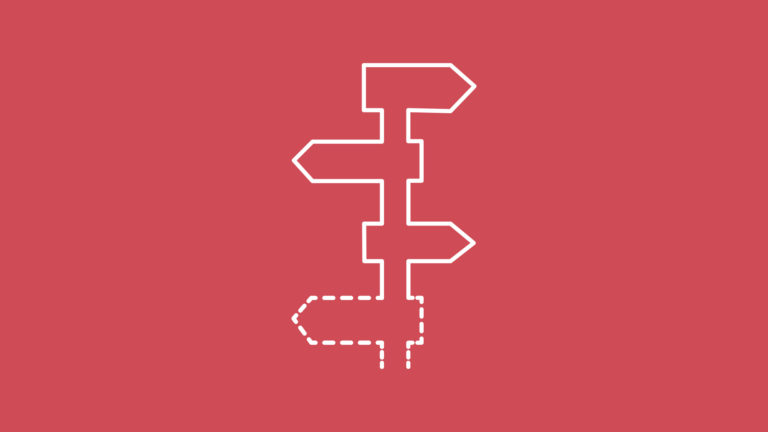Design an intuitive platform
10 essential factors for Onboarding – 6/10

Deploying a knowledge-sharing platform for multiple purposes (social networking, collaborative intranet, monitoring 2.0, etc.) successfully relies heavily on user engagement. In fact, they are the ones who will produce and consume information, who will react to the shared contents and really give structure to this working environment. To ease their engagement, in addition to a well-built communication campaign, a project team and a network of active facilitators, it is important to build an intuitive platform that will reflect as closely as possible the different key usages that will bring success.
Clear and simple architecture
It is useless (and exhausting!) to want to do everything and launch initiatives without framing them a little. At first, restricting usages will allow employees to focus on successful initiatives. It is better to insist on the identified needs and build a platform accordingly. It will allow users to easily locate content and navigate it without having to question themselves. Indeed, the more diverse the uses, the more project managers and administrators will be faced with specificities specific to these uses. These will have an obvious impact on the readability of the platform, at all levels (labeled in navigation, taxonomy in search filters, etc.) Restricting usage and challenging initiatives should ensure consistency and provide the user with a positive experience.
A taxonomy understood by all
Each organization has its context, its professions, its market environment. In parallel to an intuitive navigation, it is important to reflect the context of the company in the way information will be organised: departments, trades, targets, technologies, deliverables, competition… All these elements, if they are conveyed in the platform, will allow better qualifications of information upstream, to identify and disseminate it downstream. It is not necessary to create a complete and exact thesaurus but rather to be close to the user’s vocabulary. This common dictionary often goes without saying and can be quickly built (based on existing taxonomies if necessary). Once in place, it will facilitate the platform set up and provide a sense of familiarity to users.
Explicit and coherent rights
Information producers, readers, animators, managers… It is not necessary that each collaborator takes on all these responsibilities, at least for cases where the publication is moderated or exclusively limited to an authorized team. However, it is better to prepare the user well and ensure that he has assimilated the actions he can undertake on the platform. Try to explain as much as possible to the user what is expected from them using the features available. Never close the door to voluntary involvement from some of these users. You need to rely on these people for the successful life of the platform.
A graphic identity similar to the one of the organization
Finally, encourage users to recognise themselves in the solution and perceive it as a real tool. It is recommended to exploit the full potential offered by the tool to reflect the graphic style of the organisation: the platform name, colours, logo, fonts, shapes and images, etc. Maintain consistency in style according to the architecture and communication good practices with contributors, facilitators and platform managers.
All these elements specific to the configuration of the platform represent many stimuli for the end user who will identify more easily with this environment and will therefore be more inclined to work with this platform and contribute to its enrichment.
More Success Factors
- Ensure strong and exemplary support from the highest level
- Dedicate an internal team to the project
- Clearly define the needs and scope of the project
- Stick as closely as possible to users behaviour and habits
- Take the context and the existing environment into account
- Design an intuitive platform
- Develop a network of active facilitators
- Experiment with your scenarios on a limited scope
- Drive a targeted and multichannel communication campaign
- Observe, evaluate, adjust